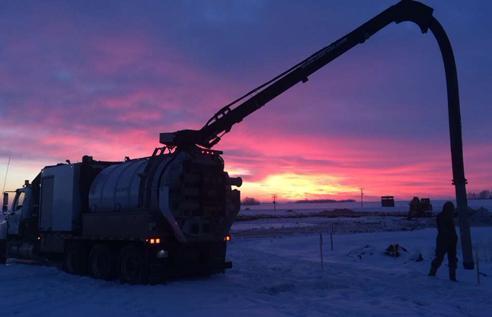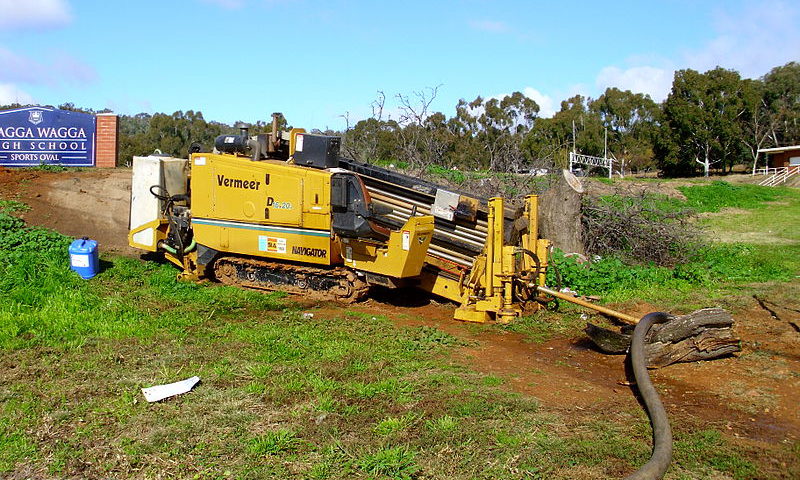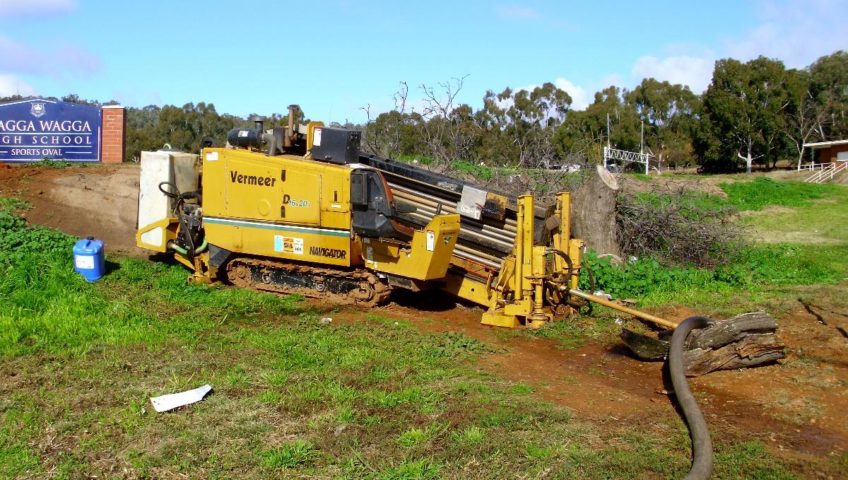
Applications of Directional Drilling in the Oil and Gas Industry
Directional Drilling is the process of controlling the direction and deviation of a wellbore to a predetermined underground target. It is widely used across industries as it has more advantages than a normal vertical well. Directional drilling is used for various purposes in the oil and gas industry. Below are listed a few directional drilling applications in the oil and gas industry:
Multiple Wells in one Offshore Location
In offshore projects, multiple wells have to be drilled from a single platform. Directional wells optimize the reservoir target in comparison to vertical wells. It is for this reason that directional wells are dug as opposed to drilling a lot of vertical wells. Directional drilling is an economical option and has a lesser environmental impact.
Sidetrack Well
Sidetracking is one of the primary directional drilling applications. It is a process which deflects the borehole by starting a new hole at any point above the previous target. Side tracking is used to move the location of the bottom of the hole from a depleted portion of the reservoir to a more productive location. It is used to ease out problems caused by water or gas coning.
Relief Wells
If a well begins to flow in an uncontrolled manner then it must be sealed at depth or the pressure must be relieved. In this case, a relief well is drilled in close to the site. It will be a directionally drilled well that intersects the bore of the problem well to drain off some of the pressure. Directional and horizontal drilling techniques are used to construct relief wells.
Reach Inaccessible Locations
Reaching inaccessible locations is a chief directional drilling application. Some areas where the rigs cannot be placed are inaccessible due to the presence of a town, or mountains. The directional wells are drilled underneath the producing zones.
Overcome Geological Structure
One of the key challenges of drilling is to tackle different kinds of geological structures. Salt domes are geological structures made of salt which intrude upwards into overlying sediments. They can deform rock units into traps that can hold oil and gas. Through directional drilling wells are directionally drilled around and underneath the salt dome.
There are other directional drilling applications such as control vertical wells and horizontal wells. Sierra Hydrovac services have highly specialized directional drill equipment which has an accurate drill bit locator. We have the required expertise for all your excavation projects.



Recent Comments